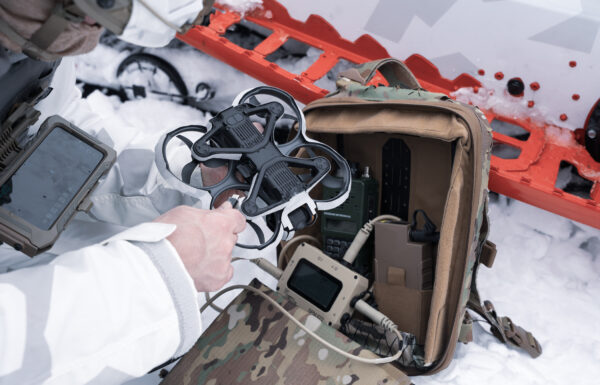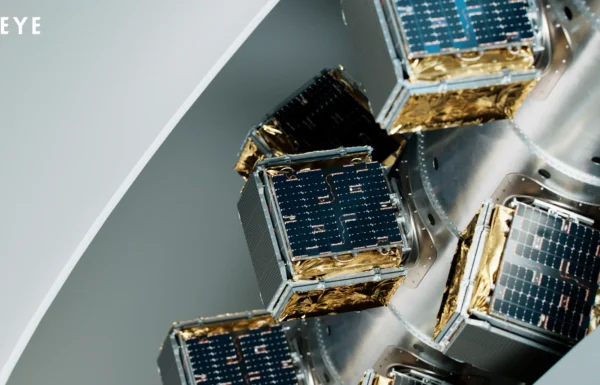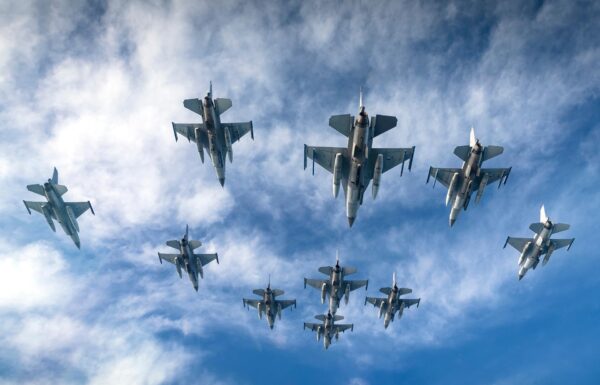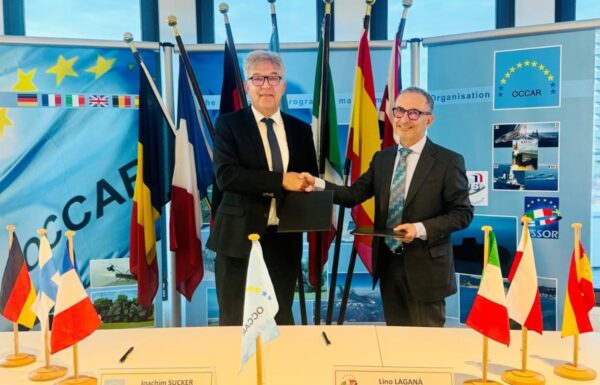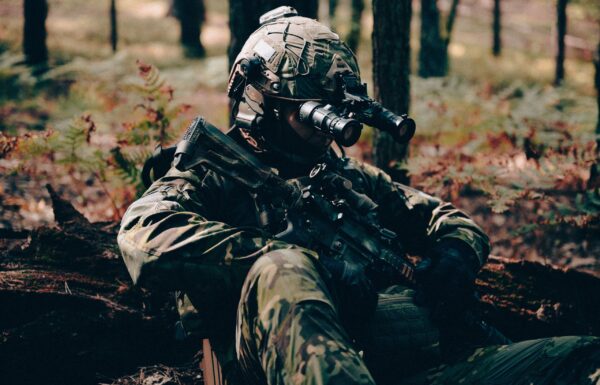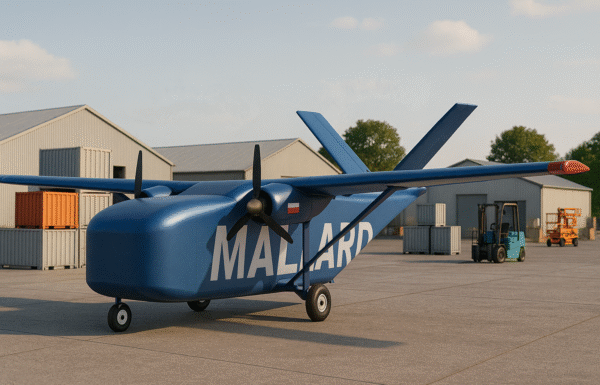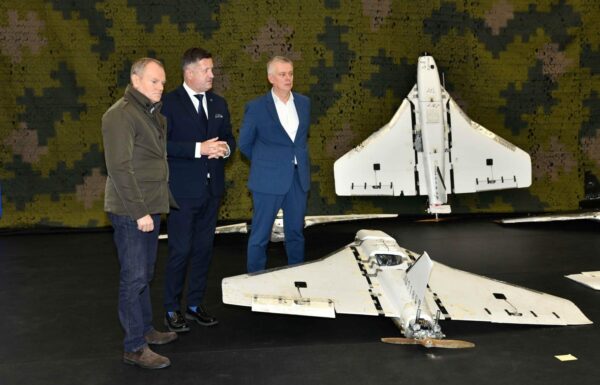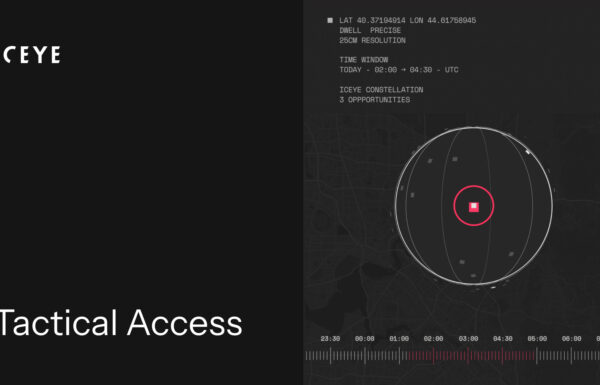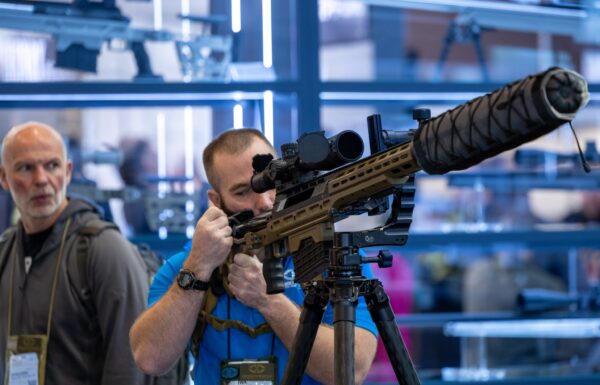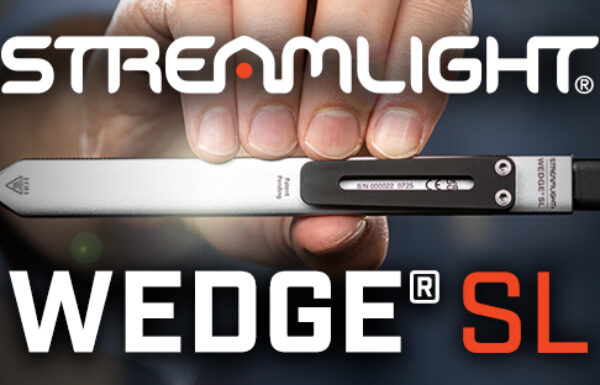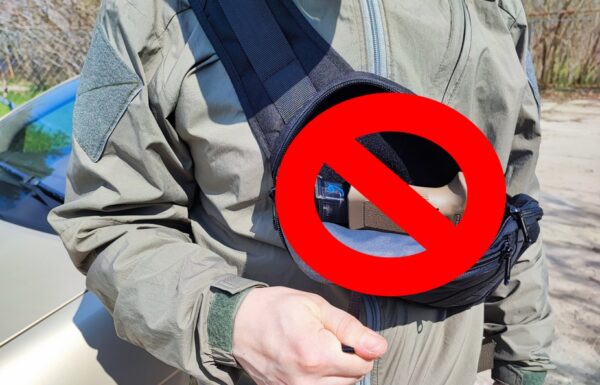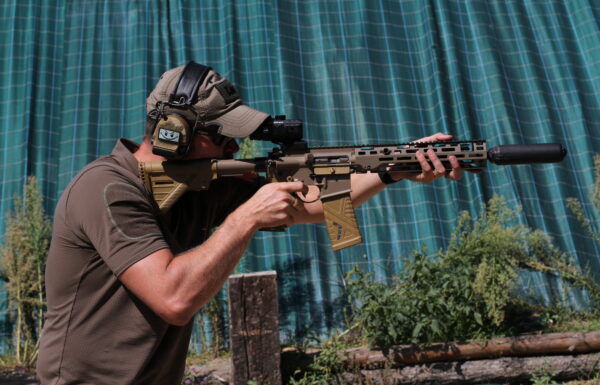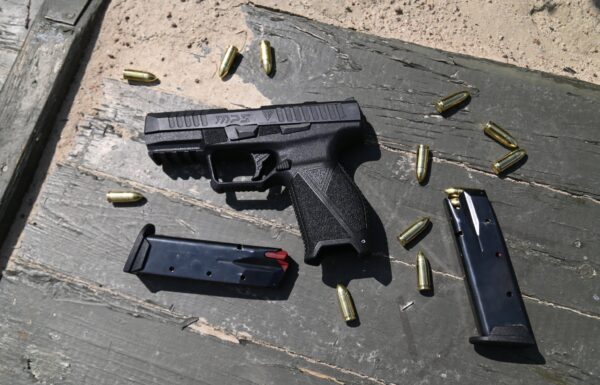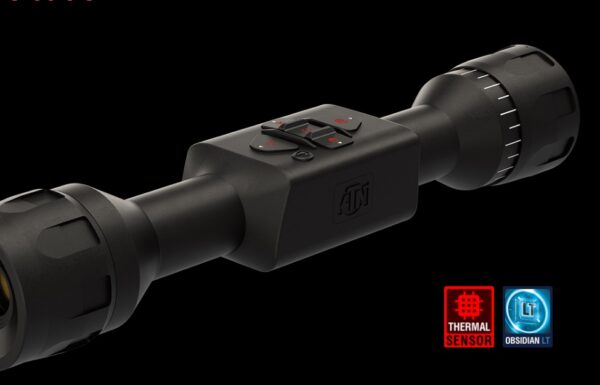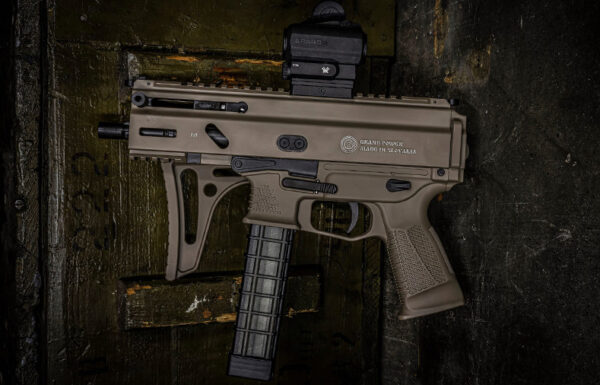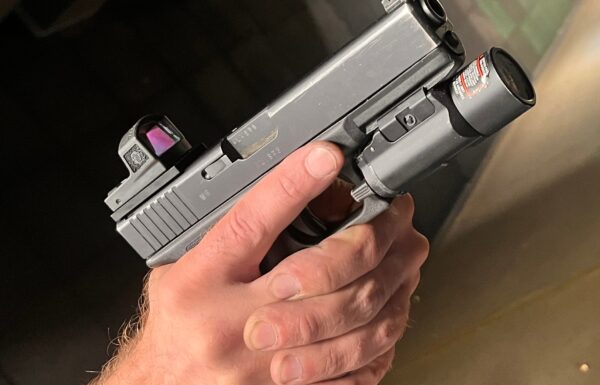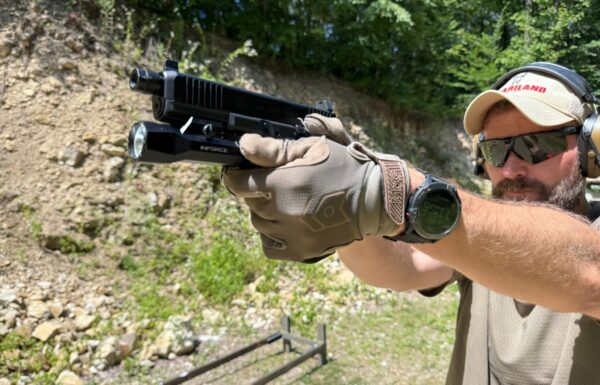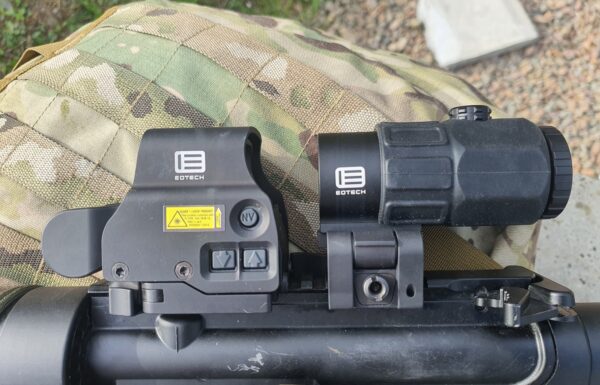On Thursday, January 16, 2024, during a meeting of the NATO Military Committee at the Alliance Headquarters in Brussels, the Chief of the General Staff of the Polish Armed Forces, Gen. Wiesław Kukuła, discussed with the Chief of the Australian Defence Force, Adm. David Johnston, the possibility of Poland joining the Ghost Shark program, a large, long-range autonomous underwater drone codenamed XL-AUV (Extra Large Autonomous Undersea Vehicle).
 Photo and image: Anduril Australia
Photo and image: Anduril Australia
“Military training cooperation in the long-term perspective and the potential possibility of the Polish Armed Forces joining the Ghost Shark program—a large autonomous underwater vehicle developed for the Royal Australian Navy—were the topics discussed during the meeting between the defense chiefs of Poland and Australia, held on the sidelines of the ongoing session,” reads a brief press release on the General Staff of the Polish Armed Forces’ profile on the social media platform X.
The Australian company Anduril Australia (a subsidiary of Anduril Industries) received an order for three units of the Ghost Shark vehicles for the Royal Australian Navy (RAN), with the first one delivered on April 17, 2024. Additionally, one unit was ordered for testing by the U.S. Navy, which was delivered on August 20, 2024. Poland would thus become the third recipient of this system.
The exact specifications of the vehicle have not yet been disclosed. However, a technology demonstrator named Anduril Dive-LD (Dive-Large Displacement), measuring 5.6 meters in length and with a displacement of 2.8 tons, was unveiled on December 12, 2022.

The XL-AUV program is led by Anduril Australia, the Royal Australian Navy (RAN), the Advanced Strategic Capabilities Accelerator (ASCA), and the Defence Science and Technology Group (DSTG) under the Australian Department of Defence. A total of 42 domestic entities are involved in the program, with 121 people working on the vehicle’s development. The program is part of a broader 7.2 billion AUD (18.78 billion PLN) initiative launched by Australian Prime Minister Anthony Albanese, which includes investments in unmanned naval vessels.
By 2025, the Australian company will deliver three serial-production units to the national armed forces, valued at approximately 140 million AUD (365.1 million PLN at the time). The original contract included a three-year delivery timeline, but the schedule has already been accelerated. In the long term, additional orders are planned for the Royal Australian Navy, as well as export offerings.
The Ghost Shark features a modular design and, according to customer requirements, is intended for intelligence, surveillance, and reconnaissance (ISR) missions, as well as signals intelligence (SIGINT) operations. It is also designed for submarine detection, supported by the SURTASS-E (Surveillance Towed Array Sensor System-Expeditionary), a passive sonar system that will be deployed on surface vessels. The vehicle is expected to operate at depths of up to 6,000 meters for 10 days.
In terms of configuration, the Ghost Shark closely resembles Boeing’s Orca, developed for the U.S. XLUUV (Extra Large Unmanned Underwater Vehicle) program. On October 17, 2024, the first of four prototypes successfully completed its first long-range voyage. With a modular payload bay, the Orca measures 29.5 meters in length and has a displacement of approximately 85 tons.
https://twitter.com/SztabGenWP/status/1879922721007583691


